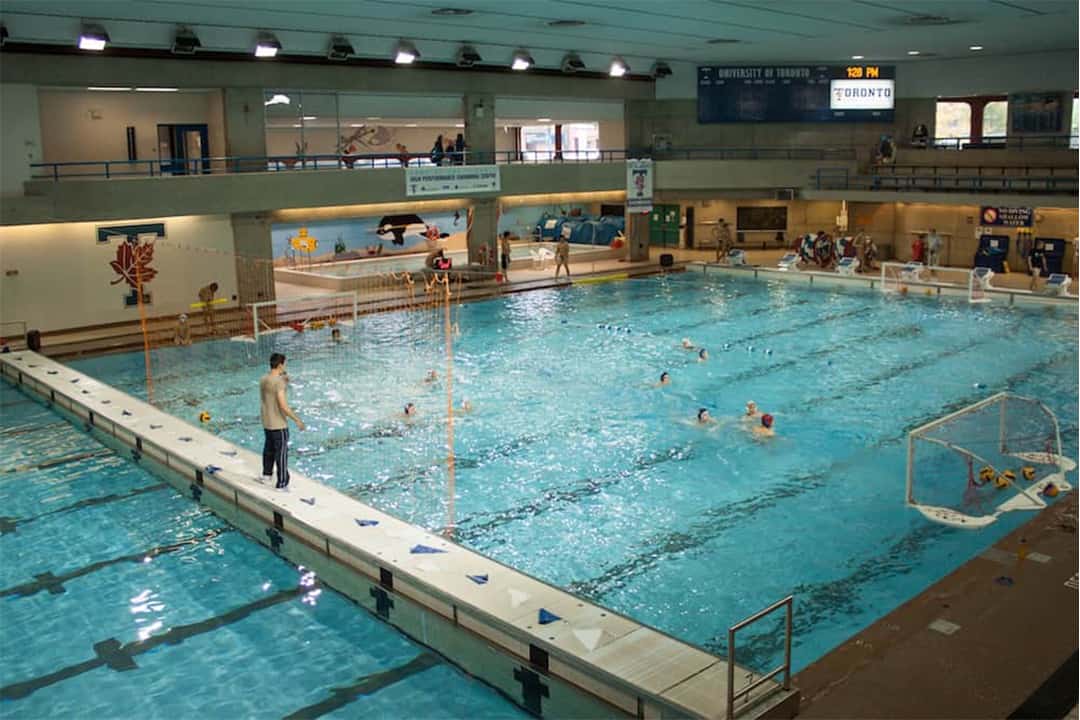Content warning: This article mentions slavery.
Swimming is an activity that can be both recreational and competitive — but it’s also a skill that can save someone’s life. Sport England found that, as of 2022, 95 per cent of Black adults in the United Kingdom cannot swim. A recent study by USA Swimming revealed that in the United States, almost 70 per cent of Black children cannot swim. According to the International Maritime Rescue Federation, in South Africa, a majority Black country, only 15 per cent of individuals know how to swim.
This is not a biological or scientific issue. The underlying causes that perpetuate the lack of Black representation in swimming pools globally are entirely social.
The ripple effect
The Black community’s tumultuous relationship with swimming can be traced back to at least the early twentieth century. Research by Kevin Dawson of the University of California has shown that contrary to popular belief, the transatlantic slave trade and the trauma it inflicted were not a massive contributor to this troubled relationship. His research suggests that swimming was a common pastime among enslaved individuals and that it allowed for some “benefits and material comfort” for people living under the tribulations of enslavement.
However, the post-slavery segregation era had a profound impact on Black people’s relationship with swimming. During the era of segregation, Black individuals were systematically denied access to public swimming pools. These facilities were often designated as “whites only,” leaving Black communities with limited or no access to safe swimming environments.
In the long run, this deprived an entire generation of Black people of the opportunity to learn how to swim and also laid the groundwork for several racist stereotypes regarding the inability of Black people to swim.
The effects of these discriminatory practices have been long-lasting, directly contributing to lower rates of swimming proficiency among Black people worldwide. Moreover, a recent study from the Ann & Robert H. Lurie Children’s Hospital of Chicago has shown that these cumulative factors have led to an intergenerational apprehension of water and the continued underrepresentation of Black people in swimming pools. According to the American Centre for Disease Control, if a child’s parents don’t know how to swim, there is only a 19 per cent chance that the child will learn. This is how the cycle persists.
Modern currents
The factors previously discussed have contributed vastly to the disproportionately low number of Black people in swimming. Yet, North America is far removed from slavery and deeply ingrained racial segregation, so why is the number of Black people participating in swimming still so low? The reason for this lies in current and systemic social and cultural barriers.
Recreational swimming remains affordable in Canada and easily accessible compared to other sports. Nevertheless, becoming a competitive swimmer is expensive, leaving it largely inaccessible to Black Canadians, who, because of a history of socioeconomic discrimination, are heavily represented among the population that lives with low income. According to Statistics Canada’s 2021 Census, 12.4 per cent of Black Canadians were living in poor households, compared to just 8.1 per cent of the total population in 2020.
Making it more financially accessible to swim competitively is a great way to ensure that Black Canadians and other individuals of lower socioeconomic backgrounds have equal access and opportunity to pools and lessons.
Furthermore, the lack of Black role models in swimming and negative stereotypes associated with Black people swimming are also contributing factors. Due to historically low numbers of Black people in swimming pools — competitive or recreational — a false perception persists among parts of the public that swimming is not a sport or skill for Black people. This perception, coupled with ridicule or discrimination faced by Black swimmers, can deter other Black people from participating.
Drowning the stereotypes
Despite the glaring underrepresentation of Black people in competitive swimming and swimming as a whole, in recent times, some trailblazers have broken down barriers and made swimming a more attainable goal for young Black boys and girls.
Simone Manuel, Lia Neal, and Natalie Hinds are all athletes who have not only achieved personal success but have also served as global role models for future generations of Black swimmers. They have shown that swimming is a sport where everyone can participate and excel, regardless of race or background. Furthermore, here in Canada, swimmers such as Jacky Beckford have devised initiatives to help teach Black and other racialized individuals how to swim for free in hopes of combatting historic inequities.
However, there is still more work to be done to fix the economic barriers that are preventing Black people from getting into swimming. Furthermore, it will take time for the Black community globally to heal from the years of trauma inflicted through slavery and segregation.
As more Black swimmers rise to prominence and more resources are dedicated to making swimming accessible for all, hopefully in the future the pool can become a place of inclusivity and diversity.



No comments to display.